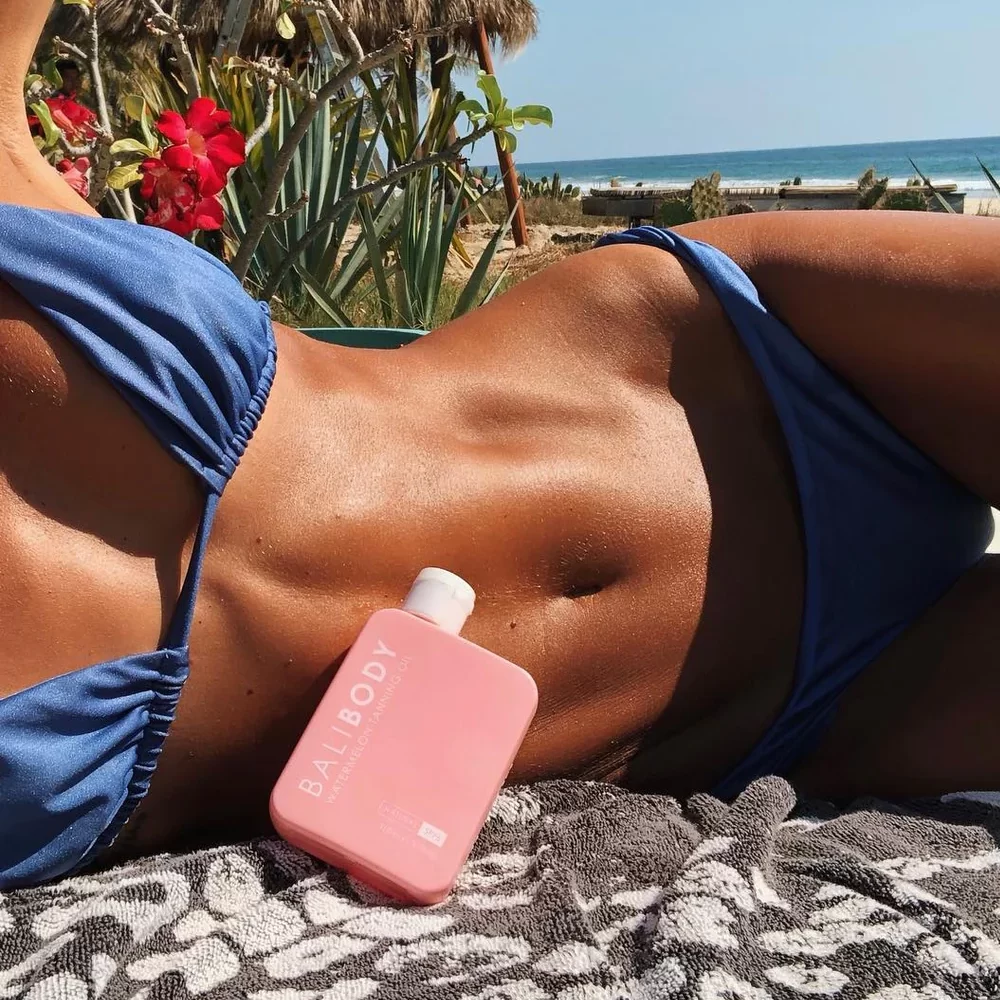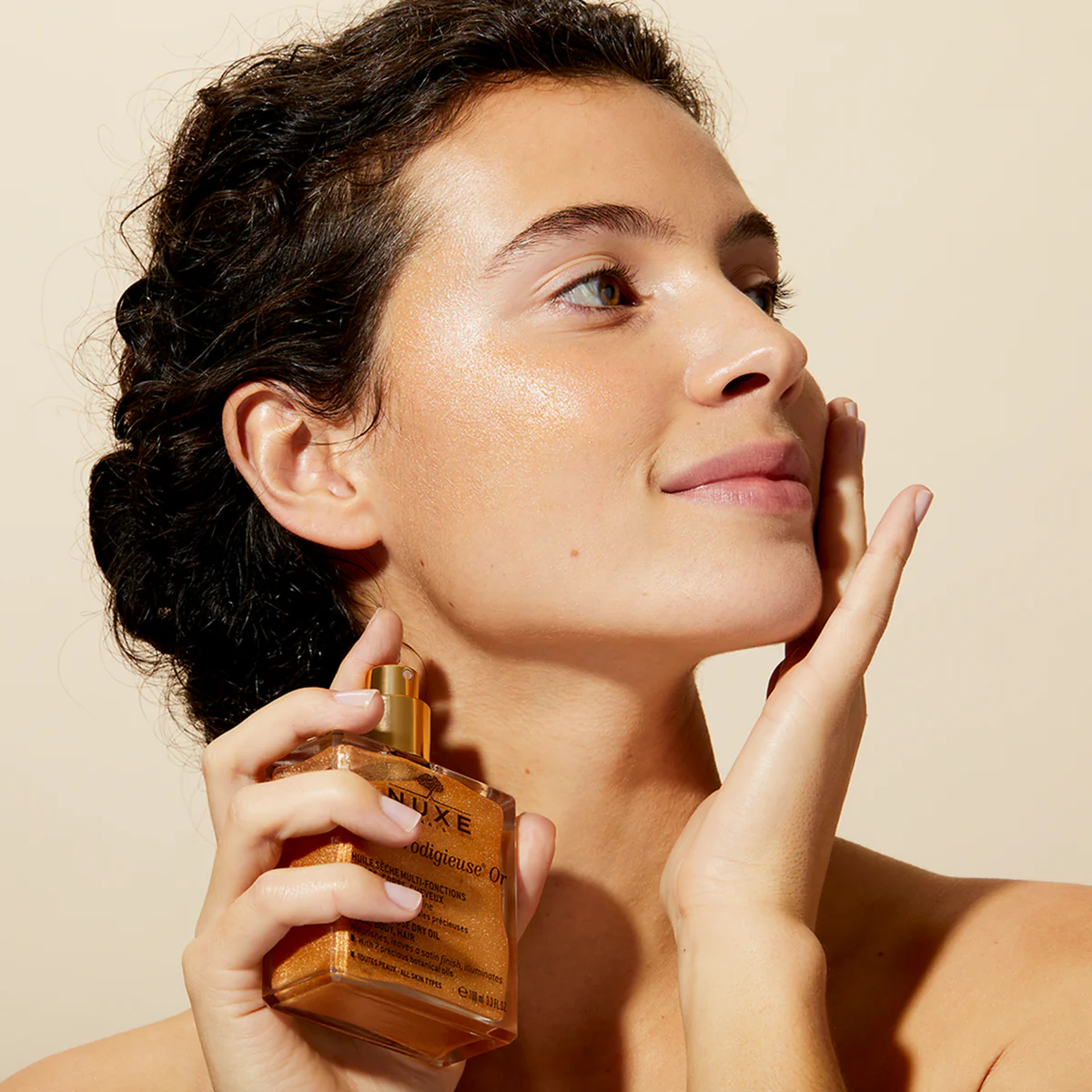
When to Use Body Oil for Optimal Results
Understanding the Power of Body Oil
Body oil serves as a potent skincare ally, offering deep hydration and nourishment. Unlike lotions or creams, body oils typically consist of pure, natural ingredients that closely mimic the skin’s natural sebum. This similarity allows body oils to penetrate deeply, locking in moisture and providing long-lasting hydration. The benefits extend beyond mere moisturization, including improved skin texture, reduced appearance of fine lines, and enhanced overall skin health. To maximize these benefits, understanding when to apply body oil becomes crucial. The timing of application can significantly impact the oil’s effectiveness, making it an essential aspect of body care to master.
Post-Shower: The Prime Time for Application
The most opportune time to apply body oil is immediately after showering or bathing. During this period, the skin remains damp and warm, creating ideal conditions for oil absorption. The warm water opens up the pores, allowing the oil to penetrate more deeply into the skin. Additionally, the moisture on the skin helps to lock in the oil, creating a protective barrier that prevents water loss. For best results, gently pat the skin dry with a towel, leaving it slightly damp. Then, apply the body oil in smooth, upward strokes, paying extra attention to dry areas such as elbows, knees, and feet. This post-shower application ensures maximum absorption and efficacy of the body oil.

Nighttime Rituals: Leveraging Sleep for Skin Renewal
Incorporating body oil into a nighttime skincare routine can yield significant benefits. During sleep, the body enters a state of repair and regeneration, making it an ideal time for skincare treatments. Applying body oil before bed allows the product to work uninterrupted by environmental factors or friction from clothing. The oil can deeply nourish the skin overnight, addressing concerns such as dryness, uneven texture, or dullness. For an extra boost, consider using a slightly heavier or more nourishing oil at night compared to daytime applications. This nighttime ritual not only improves skin health but can also promote relaxation through aromatherapy, enhancing overall sleep quality.
Pre-Sun Exposure: A Natural Shield for Your Skin
While body oil should never replace sunscreen, applying it before sun exposure can provide additional benefits to the skin. Many natural oils contain compounds that offer some level of UV protection, though this protection remains minimal. Applying body oil before heading out into the sun can help create a barrier on the skin, potentially reducing moisture loss caused by heat and sun exposure. Additionally, the nourishing properties of body oil can help combat the drying effects of sun, salt water, and chlorine. For best results, apply body oil at least 30 minutes before sun exposure, followed by a broad-spectrum sunscreen for adequate protection.

Post-Sun Care: Soothing and Repairing Sun-Kissed Skin
After sun exposure, the skin often feels dry, tight, and sometimes irritated. This makes it an ideal time to apply body oil. The nourishing and anti-inflammatory properties of many body oils can help soothe sun-exposed skin, reducing redness and preventing peeling. Oils rich in antioxidants, such as vitamin E, can help combat free radical damage caused by UV rays. To use body oil as part of post-sun care, wait until the skin has cooled down completely. Gently cleanse the skin to remove any sand, salt, or chlorine residue, then apply a generous layer of body oil. Focus on areas that received the most sun exposure, gently massaging the oil into the skin to promote circulation and enhance absorption.
Seasonal Transitions: Adapting Your Body Oil Routine
As seasons change, so do the needs of your skin. Adapting your body oil routine to these changes can help maintain optimal skin health year-round. In colder months, when the air becomes drier and skin tends to lose moisture more quickly, increasing the frequency of body oil application can help combat dryness and flakiness. Consider using richer, more nourishing oils during this time. Conversely, in warmer, more humid months, lighter oils may be preferable to avoid feeling greasy or clogging pores. Pay attention to how your skin responds to different oils throughout the year, and don’t hesitate to switch products as needed. By adjusting your body oil routine to seasonal changes, you can ensure your skin remains balanced and hydrated regardless of external conditions.
Pre-Workout Preparation: Enhancing Skin Elasticity
Applying body oil before a workout might seem counterintuitive, but it can actually offer several benefits. A light layer of body oil can help improve skin elasticity, potentially reducing the risk of stretch marks or skin damage during intense physical activity. The oil creates a protective barrier that helps the skin retain moisture even as you sweat. Additionally, certain oils with cooling properties, such as peppermint or eucalyptus, can help regulate body temperature during exercise. To incorporate body oil into your pre-workout routine, apply a thin layer to areas prone to stretching or chafing, such as the thighs, chest, and upper arms. Allow the oil to absorb for a few minutes before dressing to avoid staining clothes.

Post-Workout Recovery: Nourishing Stressed Skin
After a workout, the skin often feels dehydrated and stressed due to sweating and increased blood flow. This makes it an ideal time to apply body oil. The nourishing properties of the oil can help replenish lost moisture and soothe any irritation caused by friction or sweat. Oils with anti-inflammatory properties, such as lavender or chamomile, can be particularly beneficial post-workout. To use body oil after exercise, first cleanse the skin thoroughly to remove sweat and bacteria. Pat the skin dry, leaving it slightly damp, then apply the oil in gentle, circular motions. Focus on areas that feel particularly dry or stressed. This post-workout application can help accelerate skin recovery and maintain overall skin health.
Special Occasions: Enhancing Your Natural Glow
Body oils can be a secret weapon for special occasions when you want your skin to look its absolute best. Whether it’s a wedding, a beach vacation, or a night out, applying body oils can give your skin a healthy, radiant glow. For these occasions, consider using a body oils with subtle shimmer or one that enhances your natural skin tone. Apply the oil about an hour before the event to allow it to fully absorb into the skin. Pay extra attention to areas that will be visible, such as the décolletage, arms, and legs. The result is luminous, hydrated skin that looks naturally radiant. Remember to do a patch test with any new oil before a big event to ensure there’s no adverse reaction.

Incorporating Body Oils into Daily Routines
While there are optimal times to use body oil for specific purposes, incorporating it into daily routines can yield consistent benefits for skin health. Consider replacing your regular body lotion with oil, or alternating between the two. Apply a small amount of oil to damp skin after every shower or bath to maintain consistent hydration. For extremely dry areas, such as elbows or heels, a nightly application of body oils can help soften and smooth the skin over time. Experiment with different application methods, such as dry brushing before applying oil, to enhance absorption and stimulate circulation. By making body oils a regular part of your skincare routine, you can enjoy its benefits daily, leading to healthier, more radiant skin over time.

